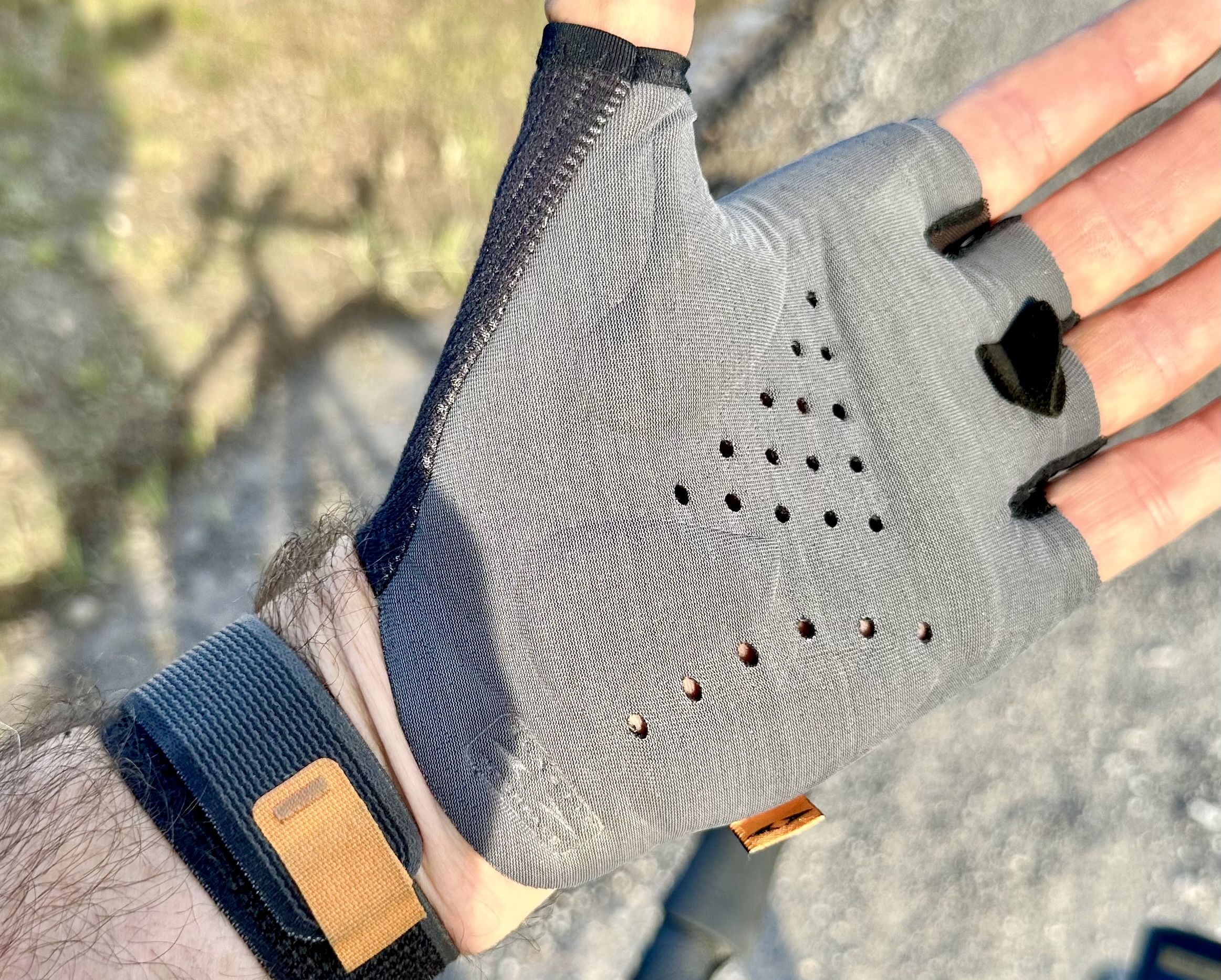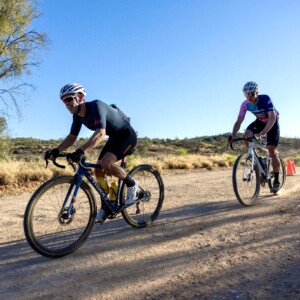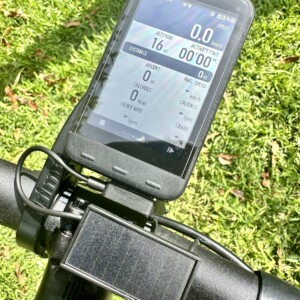Editor Nat Bromhead has been riding (and raving) about Elastic Interface products for years. Here he discusses a favourite pair of cycling gloves, tries out their new shoe inserts, and speaks with a company representative.
Cycling mitts or gloves, we’ve all got them, most of us use them, and just like tyres, they tend to wear pretty quickly. If you’re anything like me you’ve probably even got a few pairs of smelly old worn and sentimental gloves in the bike room or the bottom of a drawer.
One particularly sentimental pair of gloves that I still have were made by Italian brand Q36.5, most likely sometime in early 2020. We got our hands on the gloves later that year and rode them rigorously (and almost religiously) for the next couple of years. I didn’t take them on every ride or trip but did use these gloves a hell of a lot. Unlike just about every bike glove ever, they maintained their comfort and just would not show signs of wear. Not even after an 1800km European bike packing trip!
The secret? Well apart from the fact these are high quality, Italian-made gloves priced at around $100, they feature Elastic Interface’s three dimensional palms and a number of standout advantages including a lack of seams. Not only ridiculously comfy, they don’t seem to hold odour like many sweaty mitts do, and as touched on above, they provide a very impressive life span.
All Three Contact Points Covered
Other than the gloves and Elastic Interface chamois – which, after a recent check, feature in around half the knicks in my cycling cupboard, the company are now making cycling-specific shoe inserts.

This means that with hands, butt and now feet, Elastic Interface have all three bike/rider contact points covered.
We have recently been riding their ‘Watt 200’ insoles – one of three shoe offerings soon to be on the market.
These insoles have resurrected a favourite pair of cycling shoes – the S-Work’s Torch in white – that have been around the world, ridden thousands of kilometres, and had a pretty tough life.
Removing the original insoles and fitting the EI offerings has given the 3-year old shoes a new lease of life. The various density insert has dramatically improved overall comfort of the shoe, and support – particularly under the arch – has been hugely improved.
In a nutshell the Elastic Interface insoles have allowed me to ride these much-loved shoes again, and far more comfortably than ever before. The Torch are a performance shoe, with an ultra stiff chassis. Adding hi-tech, three dimensional inserts to the impressive shoe has proved to be a match made in cycling heaven.
The inserts feel airier and more breathable, and so far still smell fresh. I’m looking forward to riding them in summer, and getting many more miles out of this revitalised favourite pair of shoes.
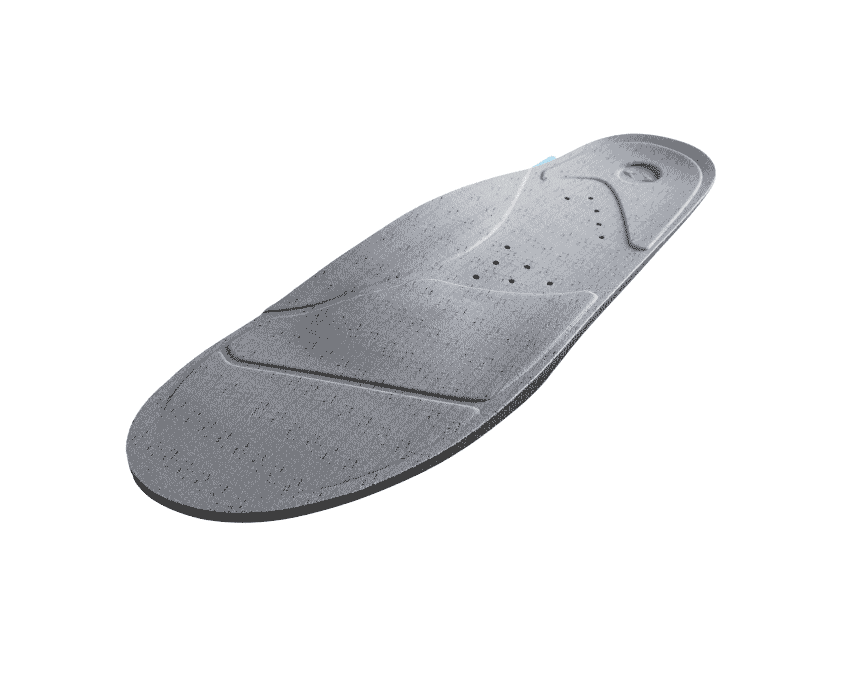
The Elastic Interface Story
So impressed with their chamois inserts, the new shoe inserts and my everlasting gloves, I emailed a colleague in Italy and asked if they could put me in touch with a contact at Elastic Interface. Within a few days I was chatting with Communications Manager Irene Lucarelli who explained more about the company’s past, present and future.
Thanks for speaking with us Irene, Elastic Interface certainly has a huge footprint in cycling, can you tell us some company history and highlights?
Thankyou Nat, we are based in San Vendemiano, near Treviso, in the North East of Italy, and were founded in 2001. The CyTech group is an industrial multinational company with offices and plants in Italy, Croatia, Mexico, Romania and Tunisia. We make more than 80 different cycling pads and our products are sold in over 40 countries worldwide with the brand Elastic Interface for chamois, insoles and glove palms.
In 2023, at Eurobike, we revealed the new look and began rebranding and diversifying the product offering to span a riders’ three touch points with the bike – pads, gloves and insoles.

Is it true EI is the world’s most prolific pad manufacturer?
It is undeniable that many of our major competitors are on the European continent, we ourselves are a company of north-eastern Italy. From the information we have, Italy (the Northern region) has the most recognised pad manufacturers.
Which major kit companies use your products?
Some of the most prestigious and famous cycling apparel brands partner with us – some names are Assos, Gore, Specialized, Trek, Maap, Giro to name a few. Some of them are listed at https://www.elasticinterface.com/brands/
With Chamoistech, Palmtech, and Insoltech, you have all three touch points covered – how does your technology assist cyclists?
We believe the level of comfort experienced by a rider is determined by these points of contact: the saddle, pedals, and handlebars. With the entry of the new insoles, we are now covering all the three points of contact between the cyclist and his/her bike. In fact, first came the three-dimensional palm for cycling gloves and pad for cycling shorts, and now InsoleTech to protect the third bike-rider interface, the feet.
In short, our vision is to expand the love for cycling by giving athletes an invisible advantage to help achieve their best performance.

What’s next for the company, or the current technology you are most proud of?
We’re really proud of our N3X Technology for pads. Using 3D printing, this helps recreate the protection and support provided by foam and bypass conventional manufacturing methods (extrusion). N3X delivers temperature control in the sensitive area of the pad plus with support, durable and lasting protection, breathability, the lowest profile design, customisability and, more importantly, zero waste.
3D printing gives us total control over the material’s structure, and that means complete control over the protection and support offered to riders. Manufacturing N3X does not produce any waste because it uses only what is needed, and any waste is reused in the same production process. X-Bionic and Gore Wear are the first two brands to launch this technology.
In terms of product development, we are working to make our interfaces more and more sustainable, by reducing their impact and working on eco-design.
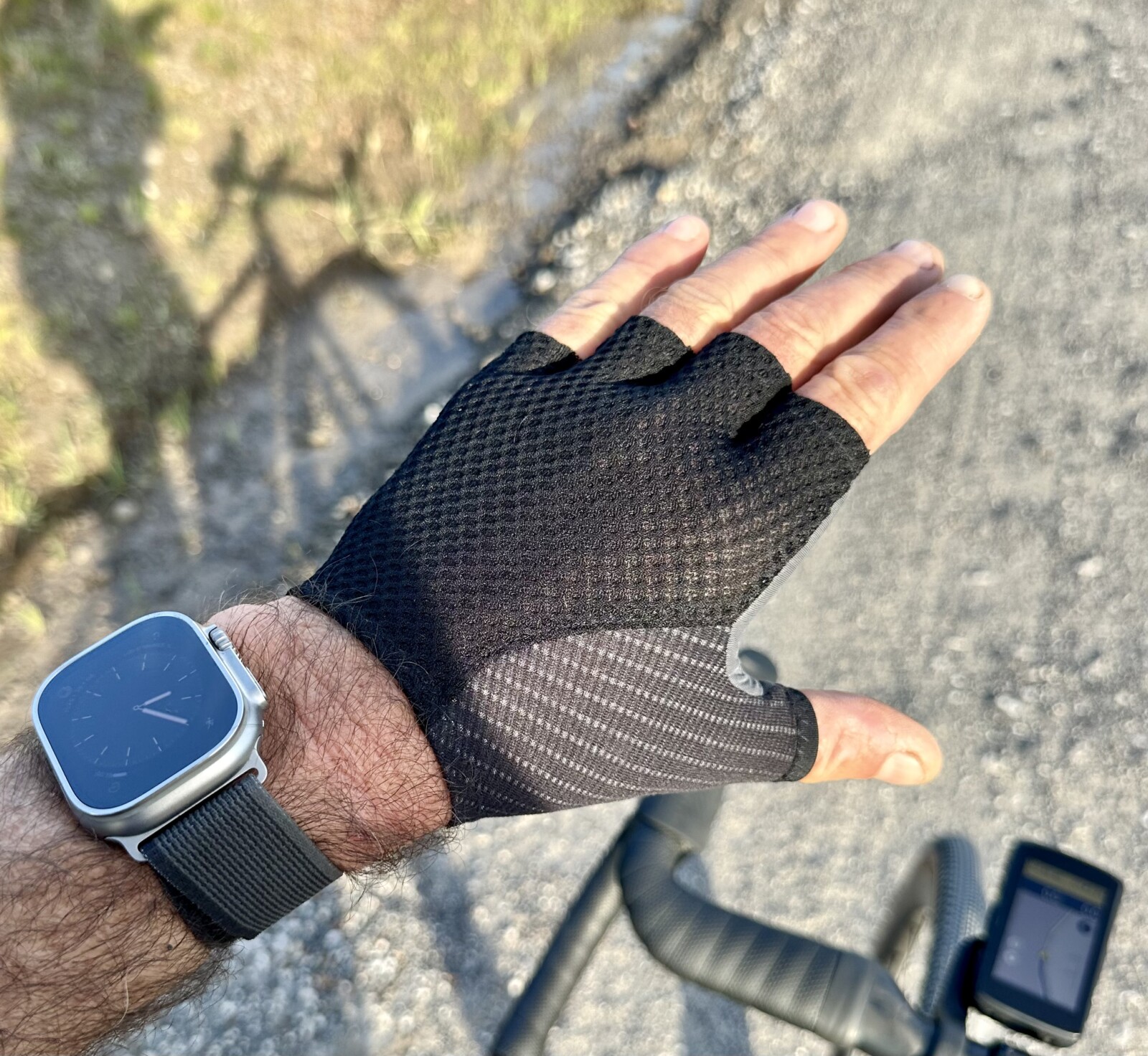
Do you have any further comments or fitting advice for riders?
As we always say, we insist a lot on communicating how important it is to choose, for example, a pair of shorts that has the most suitable pad inside for the athlete’s morphology (e.g. whether male or female).
An unsuitable or badly designed pad can produce unpleasant consequences for any rider, such as saddle sores, chafing, discomfort, and other problems.
One the of key features to bear in mind when buying new cycling shorts is pad elasticity. The more flexible the pad and the better it responds to stress, the more cyclists are free to move around in the saddle regardless of what terrain they encounter on a ride.
